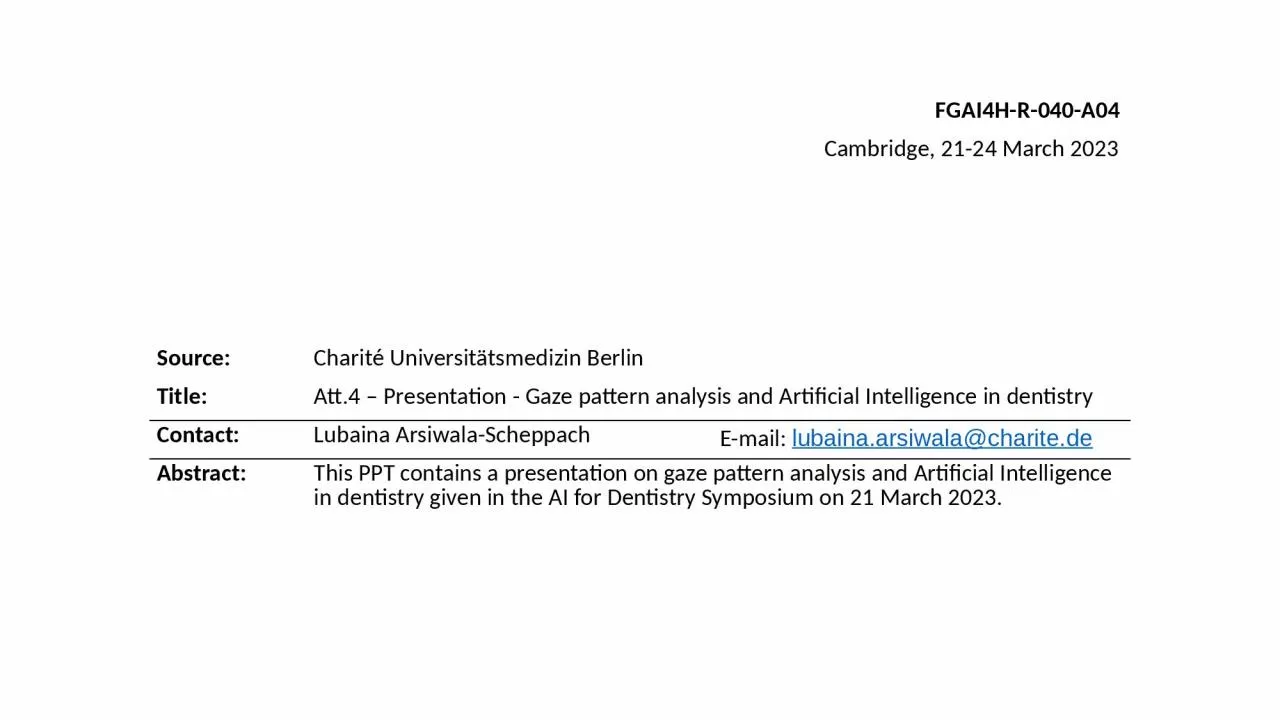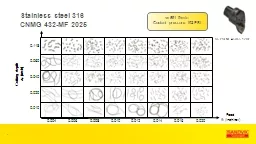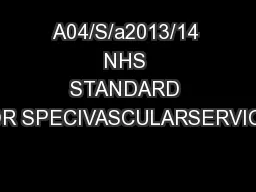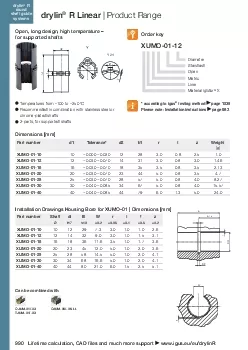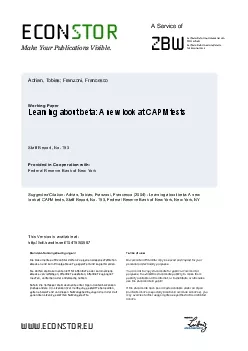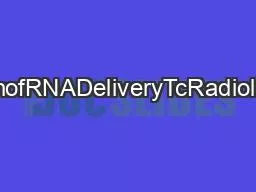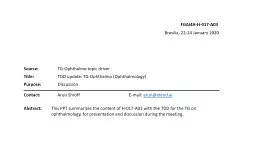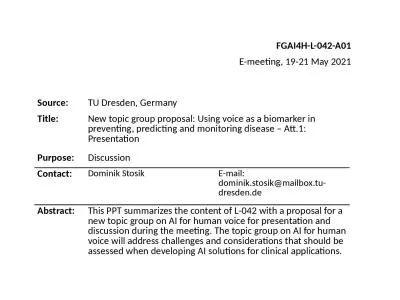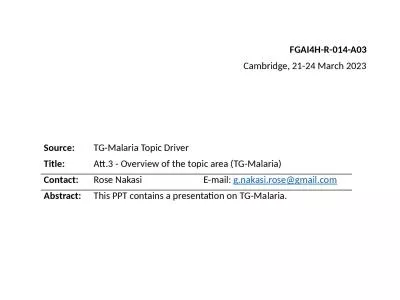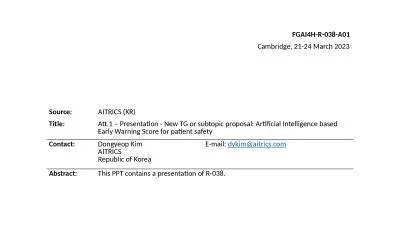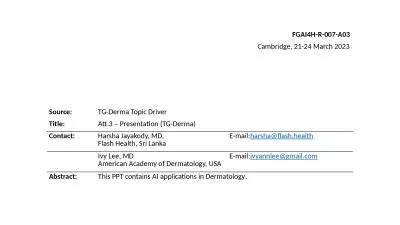PPT-FGAI4H-R-040-A04 Cambridge, 21-24 March 2023
Author : riley | Published Date : 2024-03-13
Source Charité Universitätsmedizin Berlin Title Att4 Presentation Gaze pattern analysis and Artificial Intelligence in dentistry Contact Lubaina ArsiwalaScheppach
Presentation Embed Code
Download Presentation
Download Presentation The PPT/PDF document "FGAI4H-R-040-A04 Cambridge, 21-24 March ..." is the property of its rightful owner. Permission is granted to download and print the materials on this website for personal, non-commercial use only, and to display it on your personal computer provided you do not modify the materials and that you retain all copyright notices contained in the materials. By downloading content from our website, you accept the terms of this agreement.
FGAI4H-R-040-A04 Cambridge, 21-24 March 2023: Transcript
Download Rules Of Document
"FGAI4H-R-040-A04 Cambridge, 21-24 March 2023"The content belongs to its owner. You may download and print it for personal use, without modification, and keep all copyright notices. By downloading, you agree to these terms.
Related Documents

